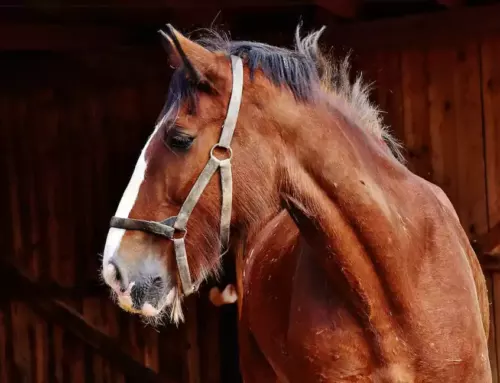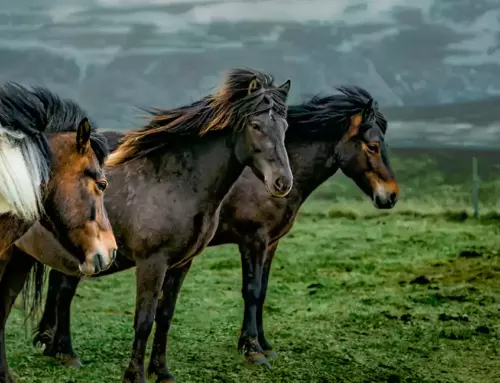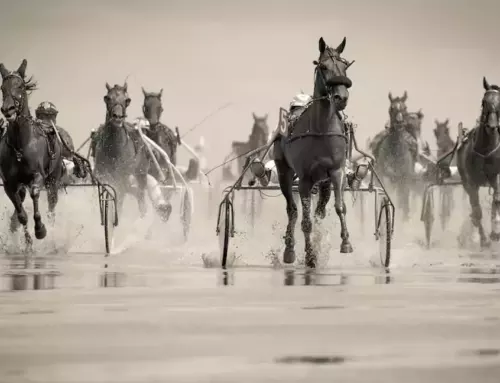White horses have always stood out and been popular, which is why they were often given as gifts to kings or ridden by knights. Most often, white horses are Lipizzans, Camargues, Connemaras, Boulonnais, and Shagya Arabians. The majority of these breeds have been purposefully developed for their distinctive white coats by their owners over the course of many centuries.
However, are white horses really white in color? Although this may seem to be a question asking for an obvious answer, horse enthusiasts and non-horse enthusiasts often argue over this topic.
In point of fact, genuine white horses are quite difficult to come by. They are born white and continue to be white throughout their whole lives. They often have black eyes and a pink complexion. The majority of people refer to grey or cream-colored horses as “white horses”; however, these colors more accurately describe grey horses.
Down below, we’ve put together a list of some of the most beautiful horse breeds, each of which has a white coat in one of three different shades. Read on to find out more interesting things.
Orlov Trotter
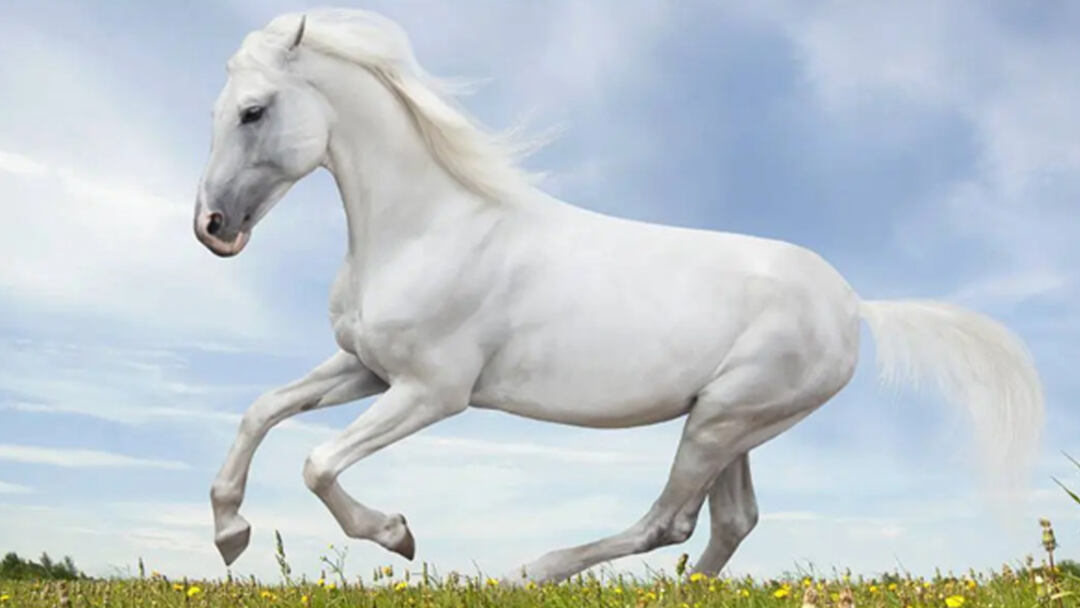
Gray horses make up around half of all Orlov Trotters, although there are also black, bay, and even, sometimes, chestnut Orlov Trotters. The majority of them are between 15.5 and 16 hands tall on average. The Orlov Trotter is built for harness racing with a muscular physique, powerful legs, and robust tendons and ligaments.
Every single one of today’s Orlov Trotters may trace their ancestry back to a grey Arabian horse by the name of Smetanka, who lived during the 18th century. The elegant and hard-working Orlov Trotter was produced by crossing his progeny with mares descended from a number of different European lineages.
The beautiful and refined appearance of this breed earned it a reputation as the pleasure horse of the Russian aristocracy in its early days. Orlov bloodlines may be found in the lineage of a number of different horse breeds that are being bred in Russia.
It has become very clear that American Standardbreds are superior to Orlov Trotters as the popularity of harness racing has increased.
The Orlov Trotter was brought dangerously close to extinction as a consequence of the frequent breeding between the two species. Thankfully, both Russia and Ukraine are home to a plethora of stud farms that are committed to the maintenance and development of this priceless breed.
Percheron
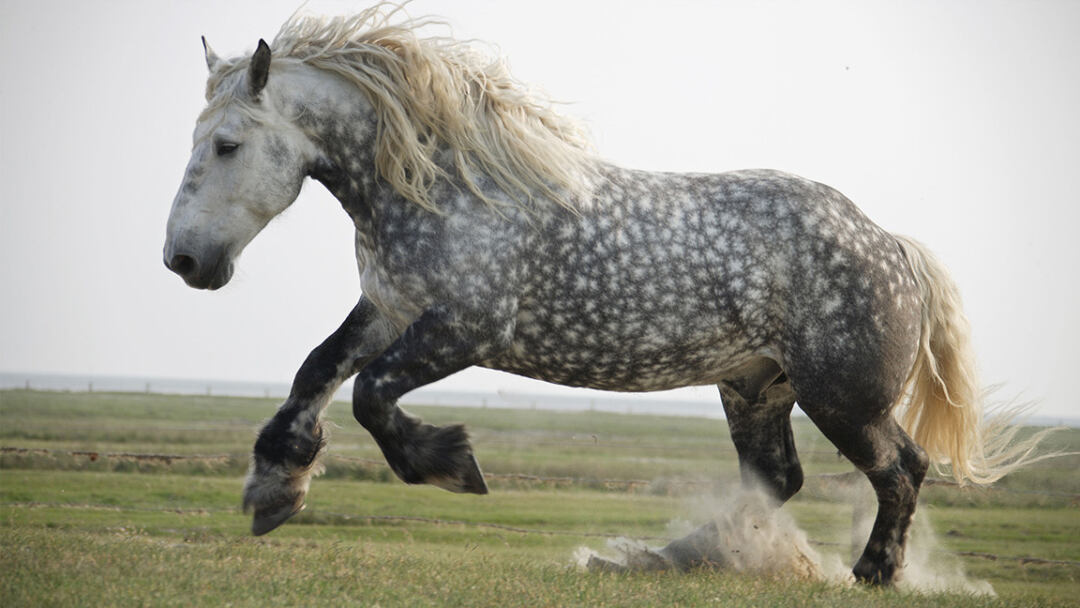
There is also a breed of hefty white horse called the Percheron, which is the most well-known of all the draught breeds that originated in France. This huge horse breed is known for its elegance and agility, and it performs well in both harness and under saddle. Gray and black are recognized as the official colors of the Percheron breed.
They vary from an incredible 15 hands all the way up to an unbelievable 19 hands in height. The breed standard discourages heavy feathering and excessive white markings on the animal’s body.
According to the information provided in our breed guide for war horses, the origin of the Percheron may be traced back to France in the 17th century, when it was predominantly used in combat. After the heavy cavalry became less important, their job moved to that of pulling coaches and doing draught labor.
At the start of the 19th century, the breed was given an injection of Arabian blood in order to enhance its endurance and refinement.
These days, France and the United States are the most common places to find Percherons, but you may also find them in Australia and the United Kingdom. They are also useful in advertising, in addition to their traditional use in agriculture and forestry.
The Ardennes and the Vladimir Heavy Draft are two of the draught horse breeds that have benefited from the introduction of the Percheron to their gene pool. Their warmblood crossings produce superb competition horses, and they have had a great deal of success in the hunter/jumper and dressage arena, respectively.
Shagya Arabian
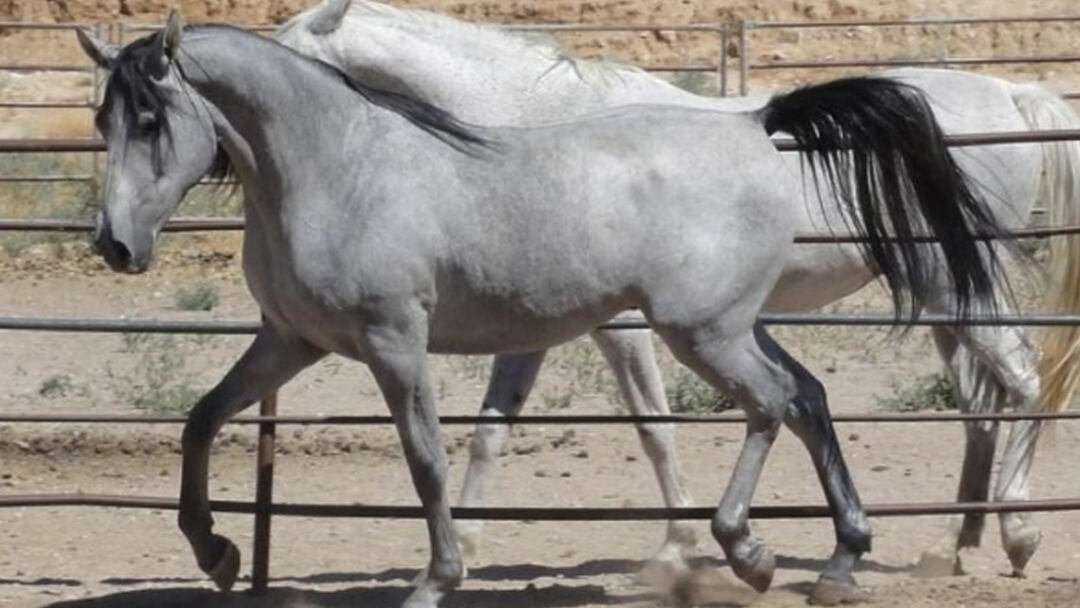
Due to the presence of non-Arabian blood in its lineage, this white horse breed is classified as a part-bred rather than a variety of Arabian horse. Shagya Arabians nearly never have black pigmentation and are known to be exceptional long-distance athletes.
Members of this breed may also be black, bay, or chestnut in coloration in addition to grey. Their height ranges from 15 to 16 hands, making them much higher than the typical Arabian horse. In addition to this, their skeletal structures are more robust, yet they keep the classic appearance of Arabian horses.
Shagya, a purebred Arabian stallion, was one of the founder stallions of the breed, and he is whence the breed gets its name. By crossing imported Arabian sires with local part-bred Arab mares during the 1800s, it was created in the Austro-Hungarian Empire. This led to the development of the Arabian-Hungarian.
Although it is most widespread in the middle and eastern regions of Europe, the Shagya Arabian has also found its way to nations all over the globe. They were used as cavalry horses in the past, but nowadays, they are solely utilized for recreational purposes.
The white arabian horse is a prominent breed of sport horse all over the globe, particularly in the disciplines of endurance. They are also an excellent option when it comes to driving carriages.
Boulonnais Horse
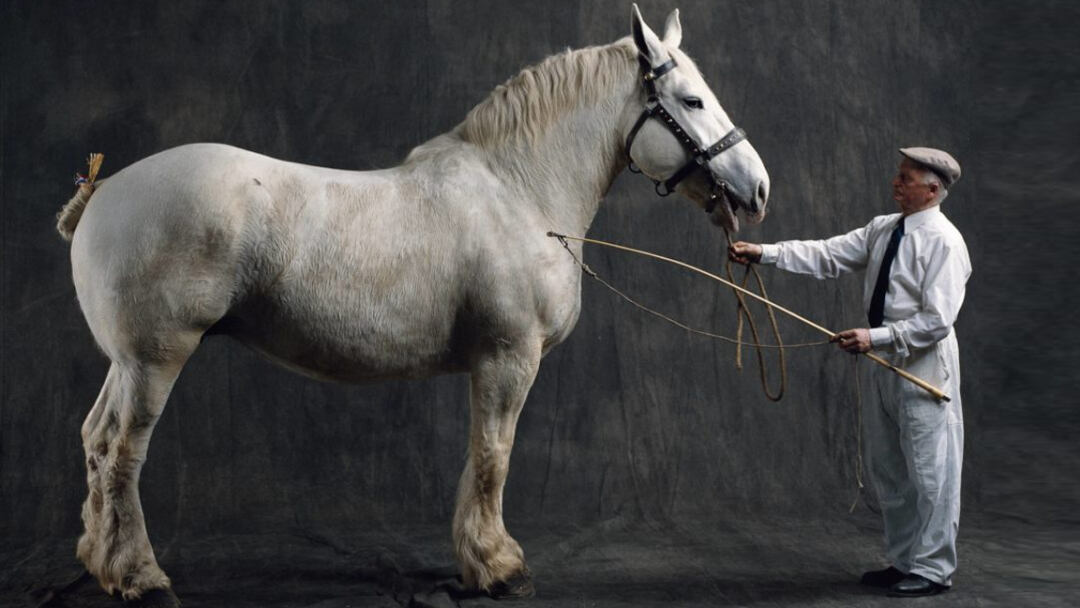
The Boulonnais has a coat that is mostly grey in color and is often referred to as the “White Marble Horse.” This type of hefty French horse is well-known for its exceptional delicacy and grace in its appearance.
There are three possible colors for Boulonnais horses: grey, chestnut, and black. They stand between 14.3 and 16.3 hands tall and have a sturdy physique with short legs and a beautiful heads. Their height ranges from 14.3 to 16.3 hands.
The Andalusian, Arabian, and Barb lineages were introduced to the Boulonnais breed in the 17th century, and this is when the breed began to take on its distinctive appearance. Today’s Boulonnais Horses have inherited these magnificent features from their ancestors. The Boulonnais was instrumental in the development of numerous current draught breeds, including the Italian Heavy Draft and the Ardennes, both of which descended from the original Boulonnais.
The French army found the breed to be an invaluable asset throughout both World Wars when it was used to draw supply carts as well as artillery. The conclusion of the wars was also responsible for a significant decrease in the population of the Boulonnais, and the population has stayed at a low level ever since then.
In more recent years, the French National Stud has launched a breeding program with the goal of producing a Boulonnais driving horse that is both swifter and nimbler. As part of the initiative, Boulonnais horses will be bred with Arabian horses. The program also has the goal of introducing fresh blood into the breed.
Lipizzan
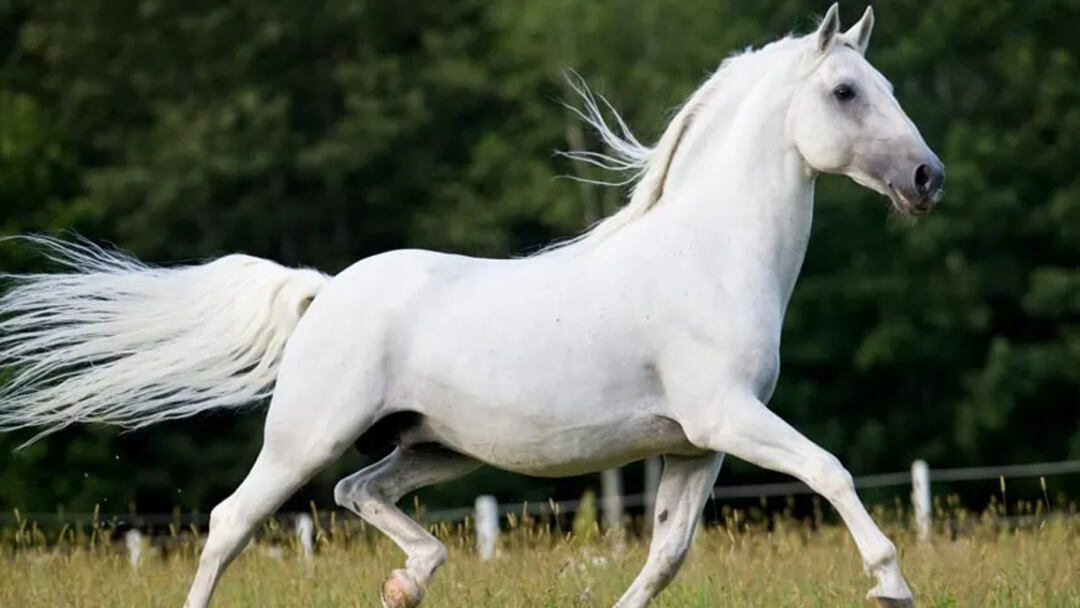
This beautiful white horse breed is well-known for its performances in the Spanish Riding School’s dressage competitions in Vienna, Austria. Not only can Lipizzans produce beautiful riding horses, but they are also skilled in the art of carriage driving.
Although bay and black horses may be found in the Lipizzan breed, grey horses make up the majority of the population. Lipizzan foals are born completely black and gradually whiten as they become older. They reach their adult height somewhere from 14.2 and 16.1 hands on average.
The illustrious Lipizza Stud, which was situated in what is now the country of Slovenia, is where the Lipizzan breed got its name. Gray was the favoured hue of the Habsburg royal family, therefore beginning in the 18th century, grey was purposefully produced into Lipizzan horses via selective breeding.
This baroque-type breed is capable of doing very complicated movements that are traditionally used in dressage. They are also capable of being trained for Haute école dressage, which is the most advanced style of classical riding and literally translates to “above the air” dressage.
The nations of middle and eastern Europe are the most common places to find a Lipizzan horse. Lipizzans have a long lifespan and may continue to be productive well into their 20s, despite the fact that it takes them longer to develop.
American Cream Draft

This American Cream Draft is well-known for its distinctive coat color as well as its calm demeanor. The “champagne gene” is what gives the chestnut base hue its light cream color; nevertheless, this coloration is caused by dilution.
The level of creaminess in an American Cream Draft may range anywhere from mild to dark. It is required that all horses have pink skin, eyes of a golden color, and white manes and tails. They stand between 15 and 16.3 hands tall, and their bodies are ripped with muscle.
At the present time, the American Cream Draft is the only draught horse breed that can trace its roots back to the United States. Old Granny, the foundation mare, was probably born in Iowa sometime in the early 1900s. She was given the name Old Granny.
The number of horses in use in farming fell sharply as automation of agricultural processes became widespread in the early 20th century. Even though the population is in a critical state, there have been various breeding initiatives started in an effort to rescue the breed from extinction.
Their importance in agriculture may have lessened over the years, but in addition to being excellent carriage horses, American Cream Drafts are often seen at exhibits and parades.
Camarillo White Horse
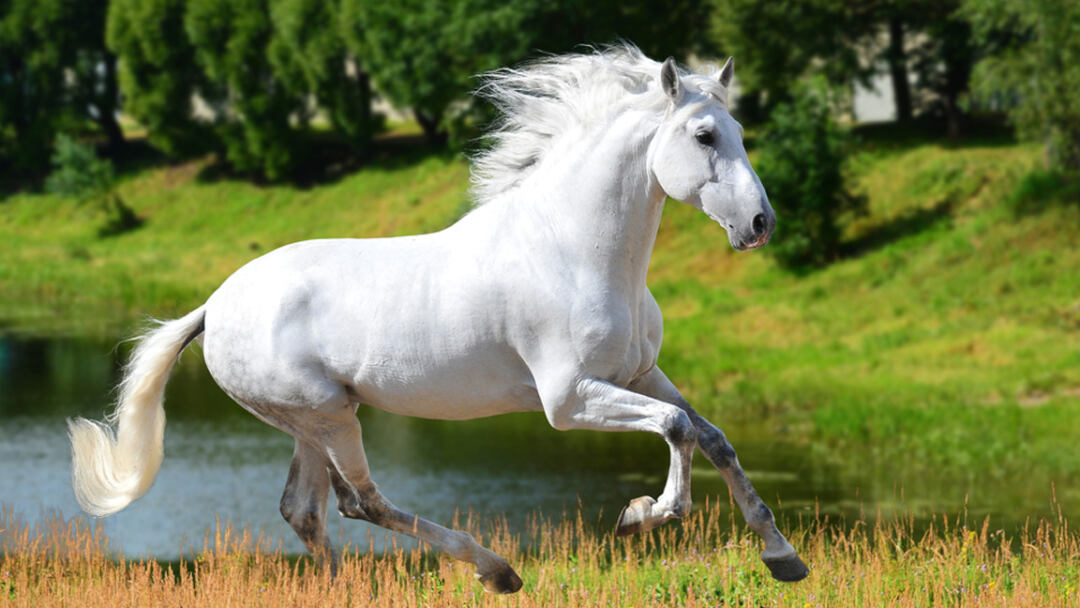
The Camarillo White Horse is one of a kind in every way due to the fact that it is the only breed of horse that is really white. The breed as a whole is just around a century old, making it an extremely uncommon one; there may be less than 20 breeders surviving!
Camarillos, in contrast to grey horses, are born white and continue to exhibit that colour throughout their whole lives. A real white horse will also have pink skin and black eyes, and these horses share both of these characteristics. The dogs of this breed have a sophisticated physique, with powerful limbs and eyes that reflect a lot of emotion.
All Camarillo White Horses, whether purebred and crossbred, may be traced back to the foundational stallion known as Sultan. In 1921, after having bought the Mustang stallion in California, Adolfo Camarillo began the process of breeding a new breed of horse. Up until 1987, his family had exclusive control of all Camarillo horses.
After another four years, there were just eleven Camarillo horses remaining, which spurred the foundation of a breed group in order to preserve the breed. It was decided to keep the studbook for the breed open so that it would be possible to include information from other breeds and prevent inbreeding.
When breeding Camarillo White Horses, breeders need to pay close attention to genetics since there is a one in four possibilities that the resulting foal will not survive if two white horses are crossed. Breeders have started mixing white horses with horses of other colors in order to reduce the likelihood of their offspring inheriting this trait. As a consequence, at least half of the foals are now born white.
Connemara Pony
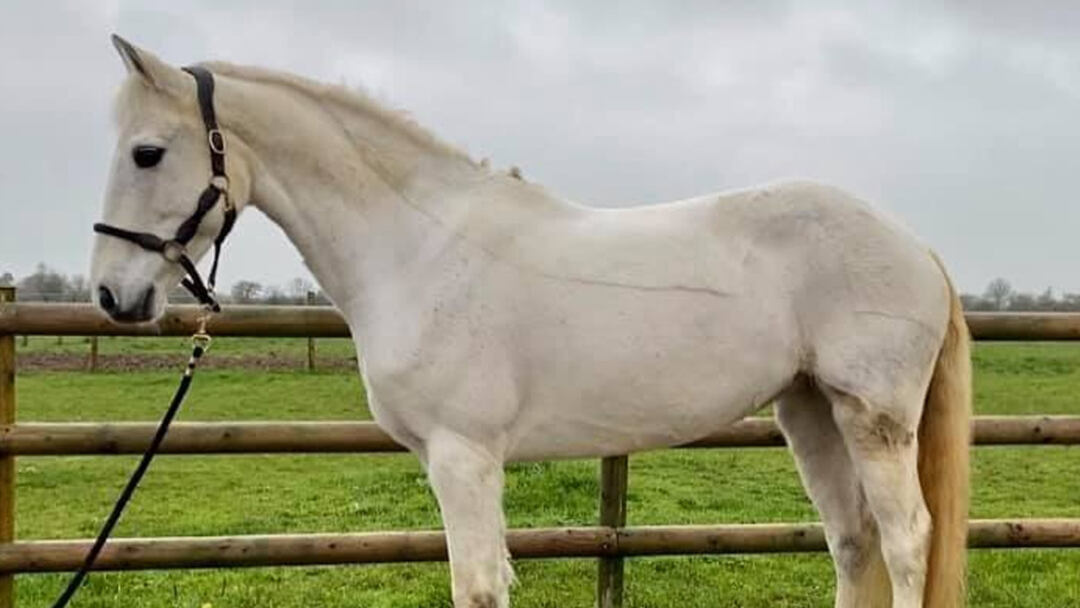
The Connemara is a breed of Irish sports pony that is most often seen in the color grey. Because of their intelligence and adaptability, Connemara Ponies have found the greatest success in the United States and the British Isles.
Connemaras may be any of the following colors in addition to grey: bay, brown, black, chestnut, palomino, or dun. Gray is the color that occurs most often in the breed. They have a well-proportioned physique, making them the ideal riding pony, and their height may range anywhere from 12.2 to 15 hands.
It is possible that the ponies used by the Vikings were the progenitors of the contemporary Connemara horses. Alongside Arabian, Hackney, and Thoroughbred lineages, it is probable that the breed was influenced by Spanish culture at some point in its history.
In response to the widespread practice of interbreeding, a breed association was established in 1923 with the goal of preserving and enhancing the original Connemara Pony. Children and adults of all ages all over the world have fallen in love with the Connemara horse breed, which is also regarded as the national horse breed of Ireland.
This kind of pony was particularly sturdy and sure-footed because of the rough natural surroundings it evolved in. As a result, Connemaras are not only successful in classically trained tasks, but they also excel in endurance and carriage driving.

